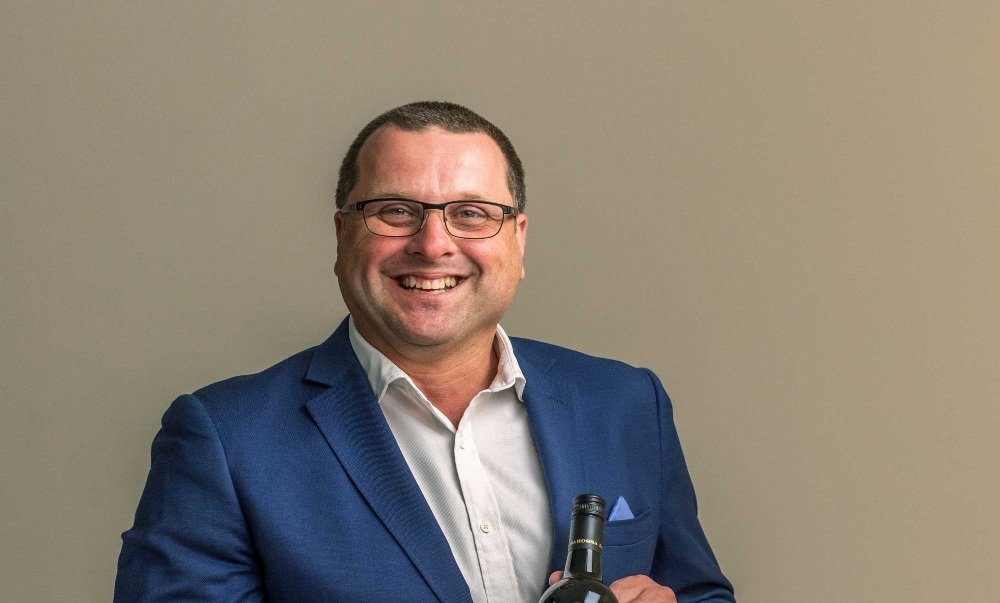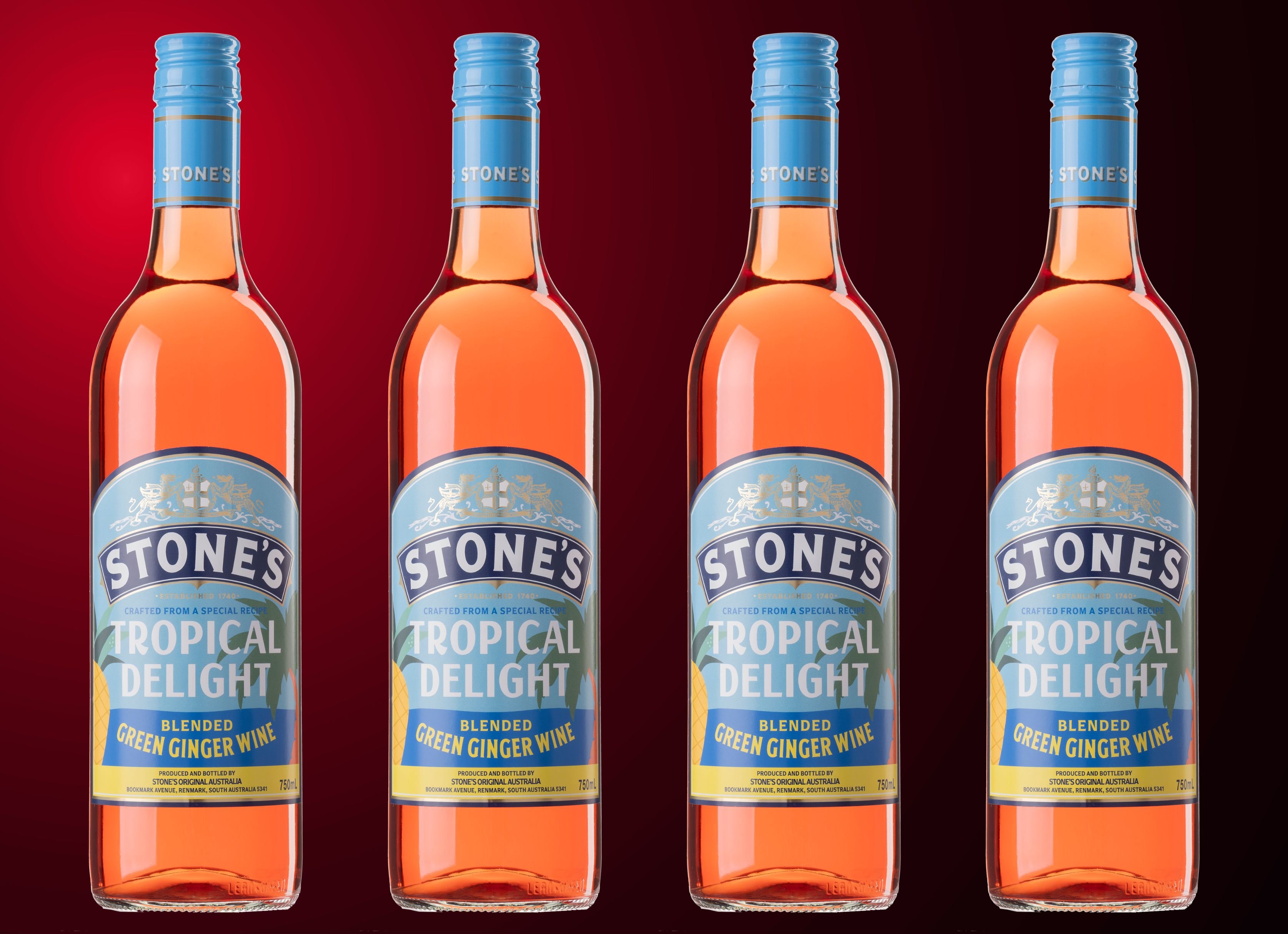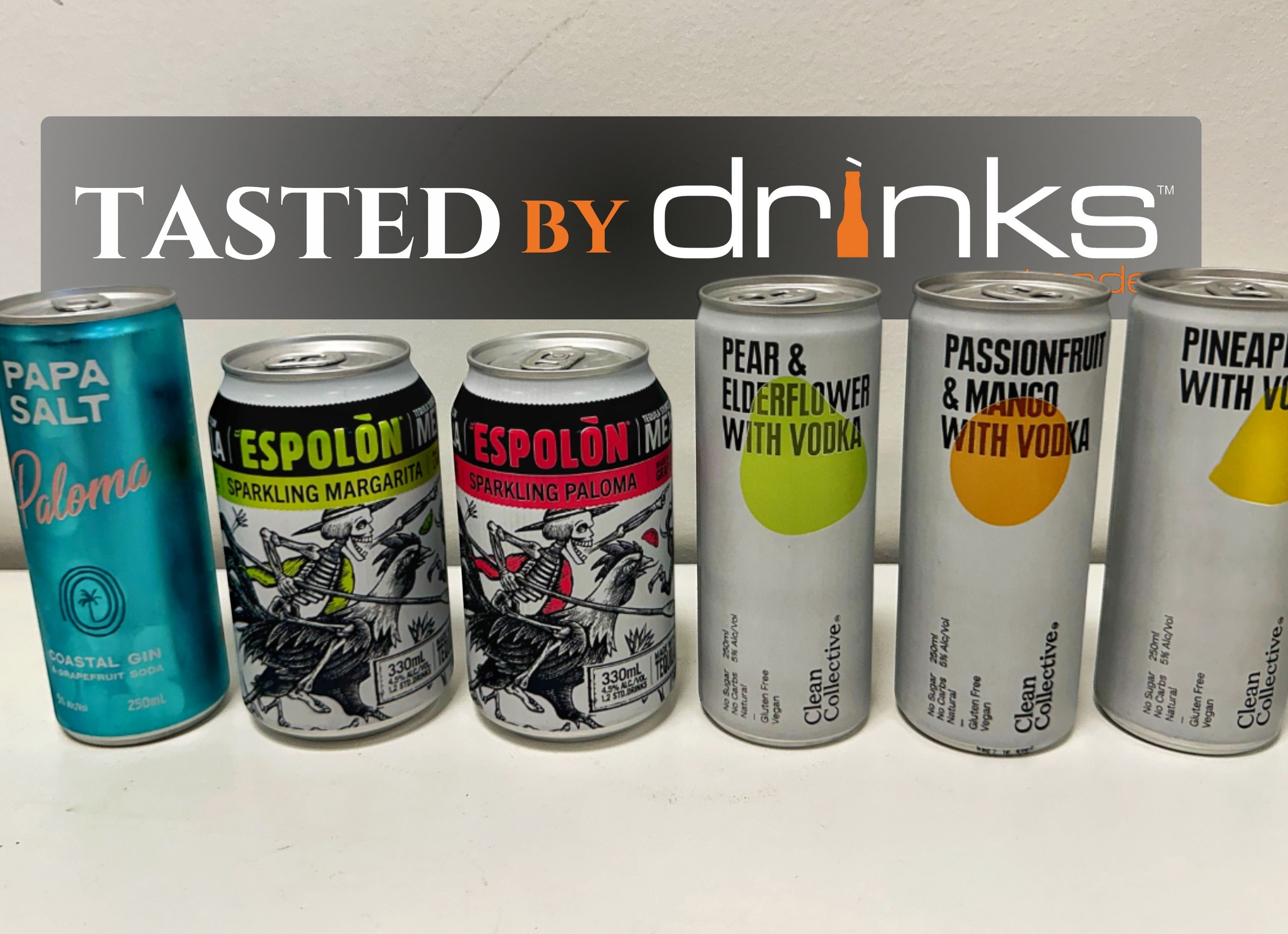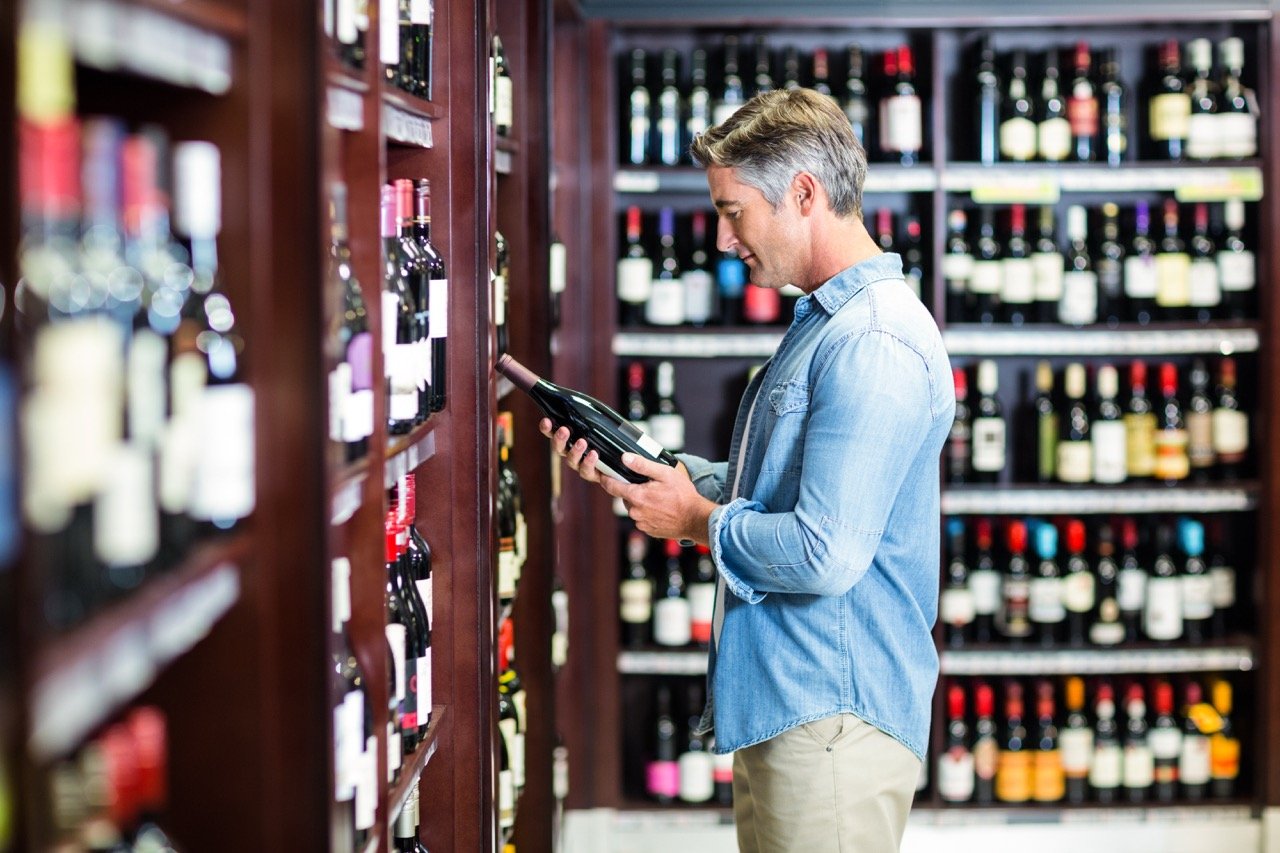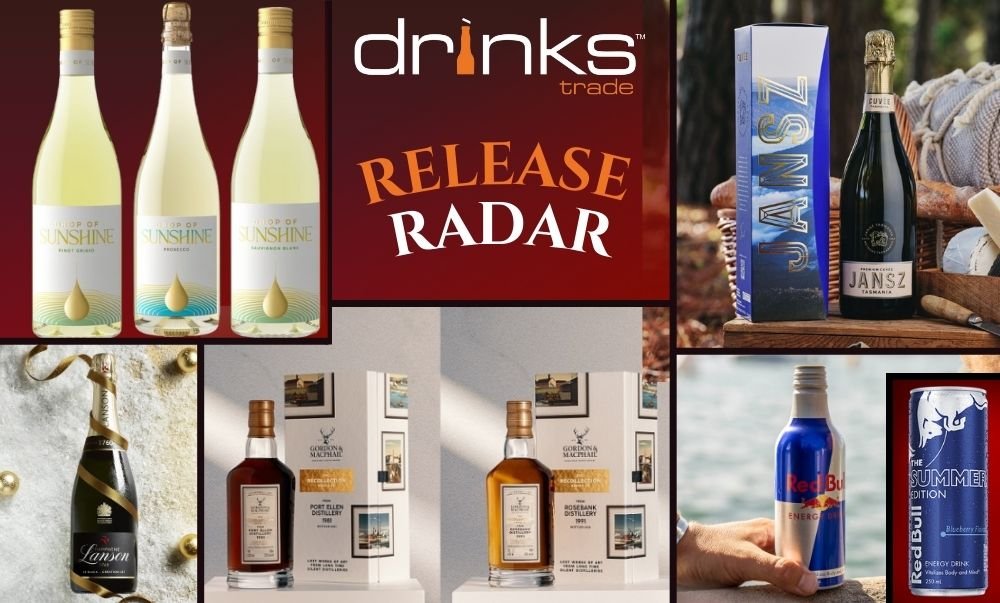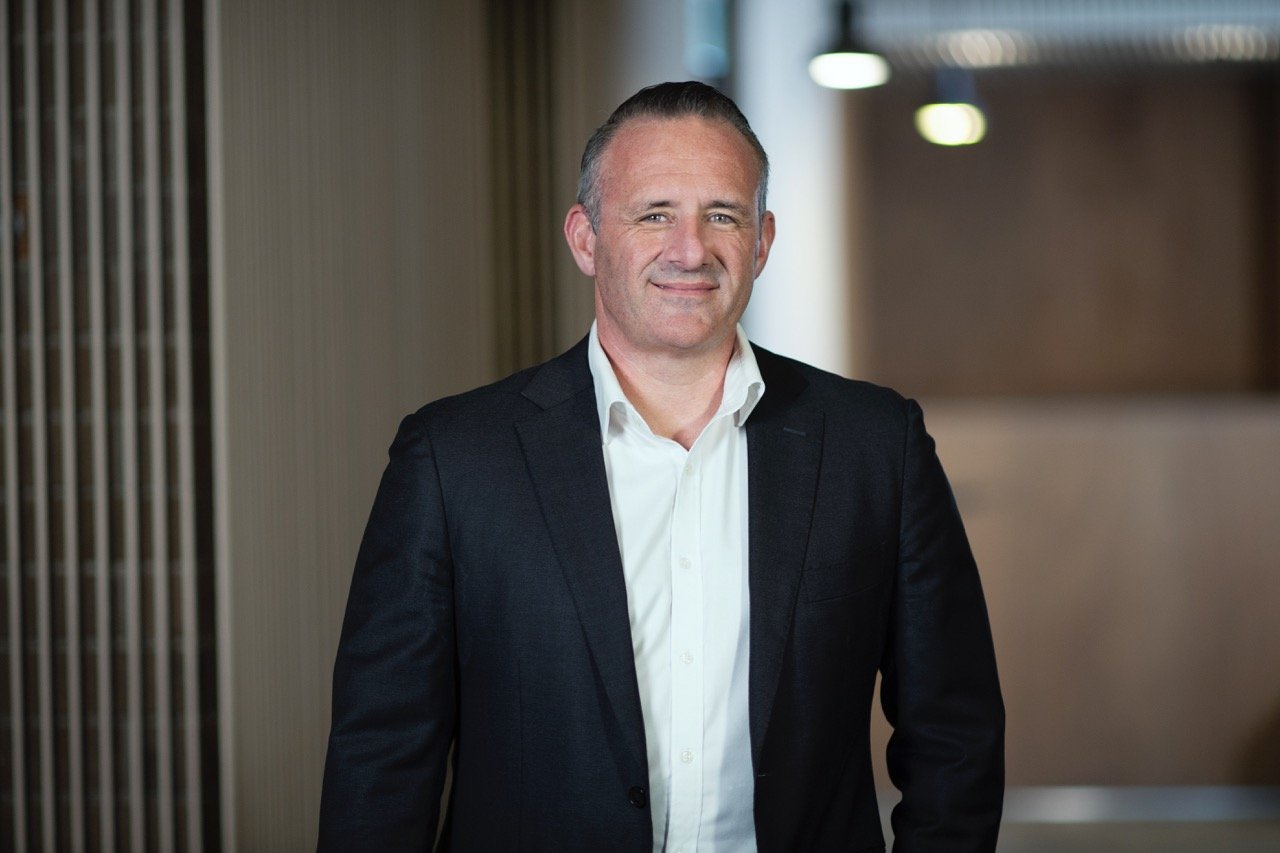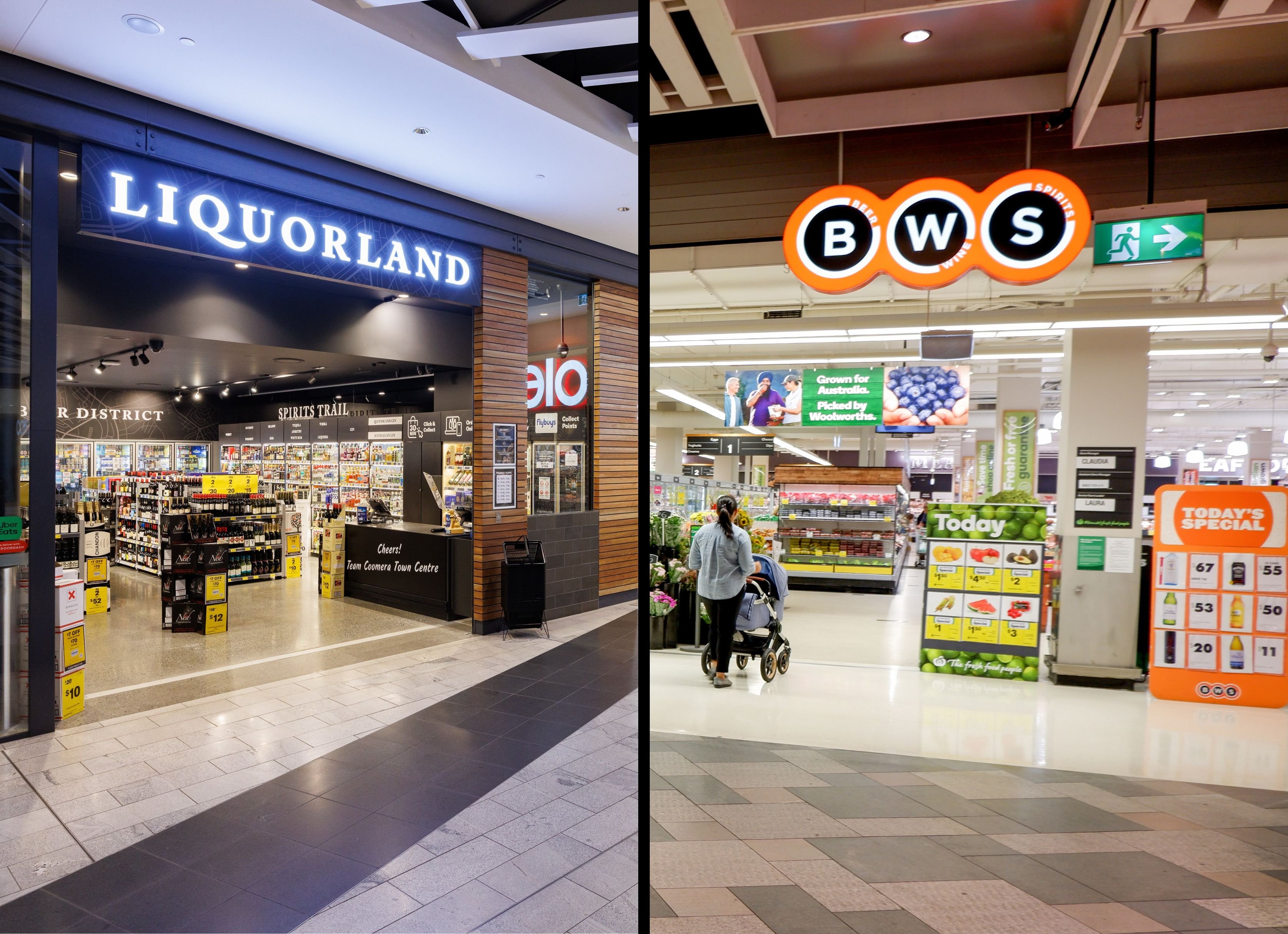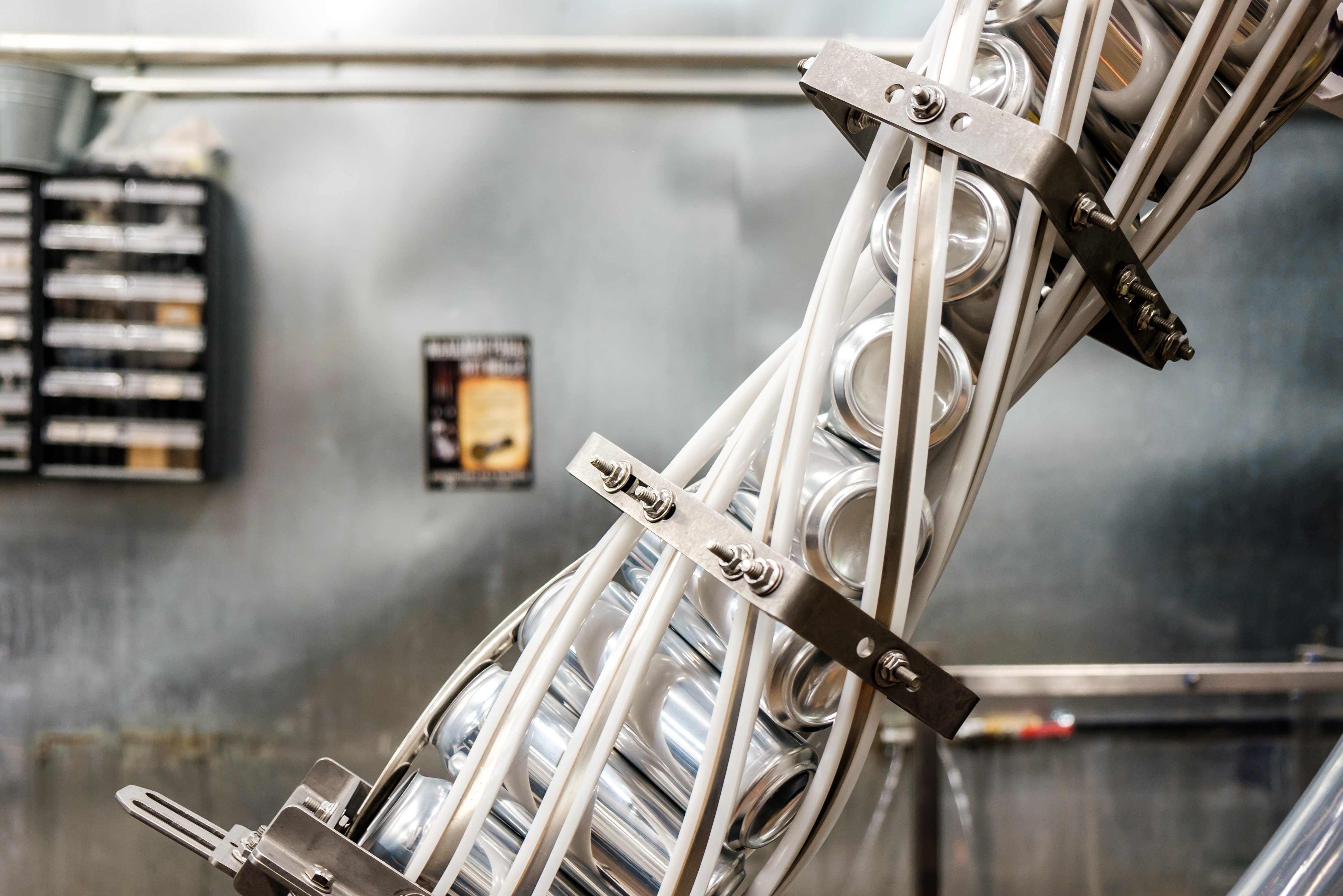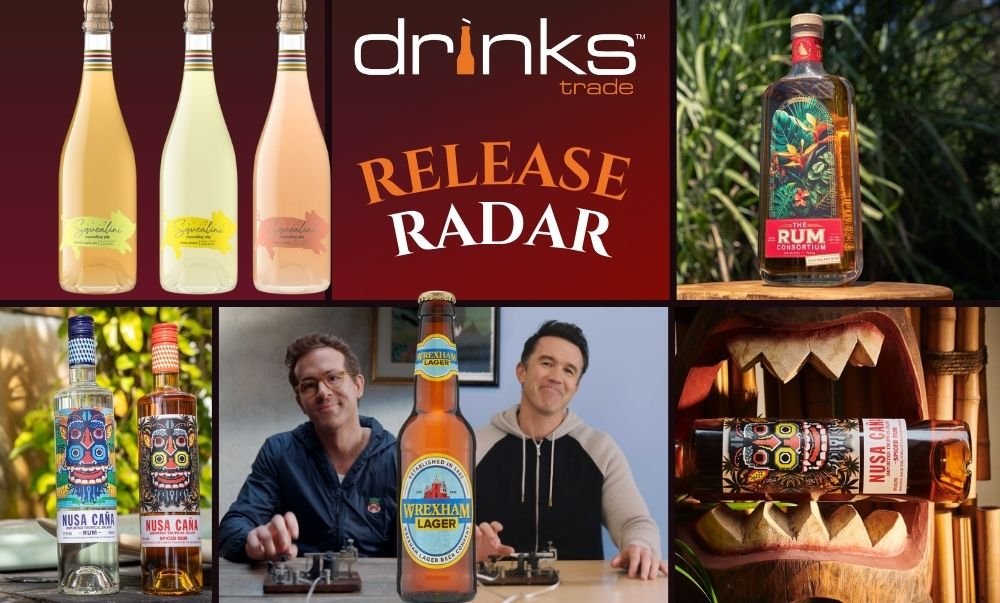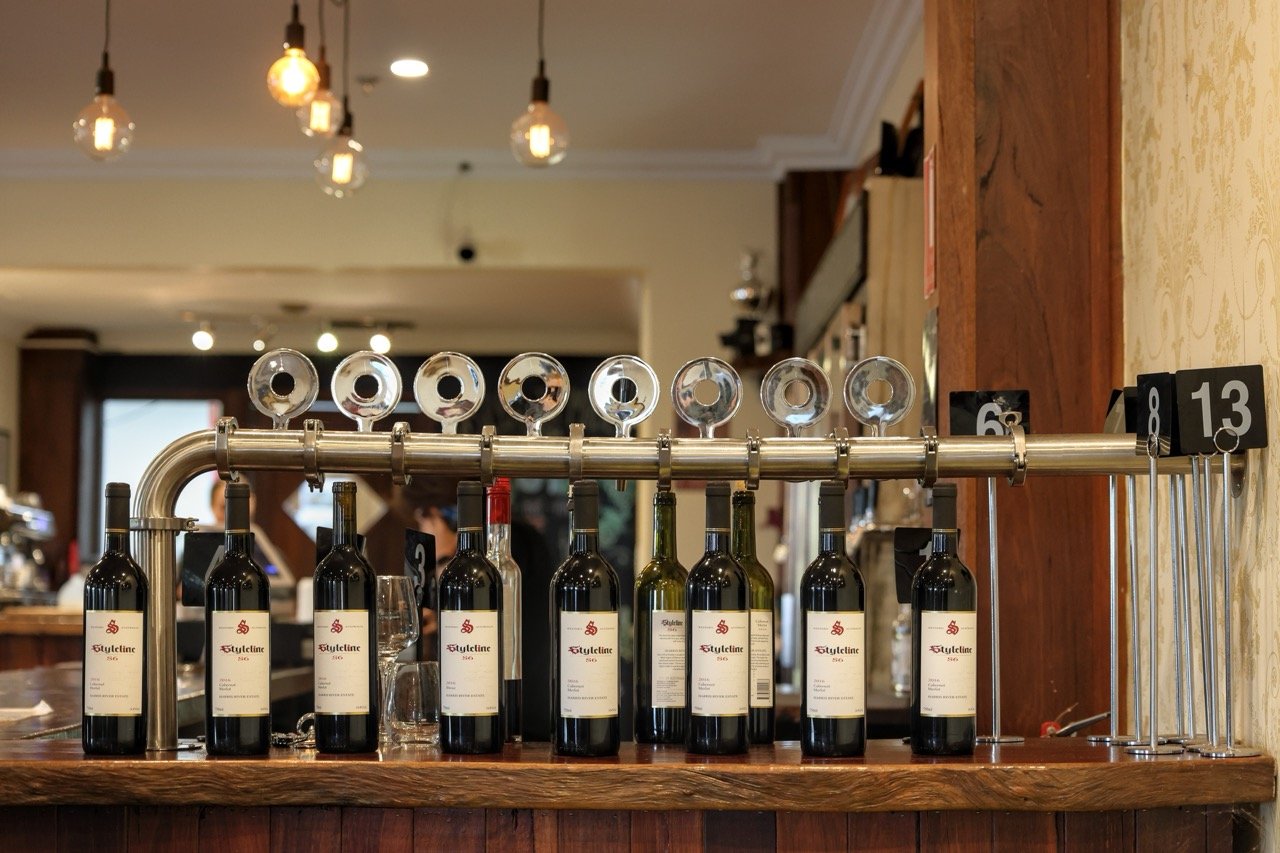Retail trading and 'virtual' dealings in 2020
With so much happening, not least being a global pandemic, how has Metcash emerged from the significant impact of 2020, and what changes have you seen within your own business?
Times like these challenge us in many ways; they also offer us an opportunity to reflect on how we have managed the situation and how we may have done things differently. When you’re in the middle of the situation, you don’t realise that you and even your business is changing. For example, by not travelling and doing everything over video calls, you realise that you can get things done differently. I’ve also realised that I have team members who have been in this business for many months, and I have not met face to face. This is a massive change in how you think about leadership.
What have you and your team done to keep the communication strong in that environment?
The remote style of working highlights and intensifies leadership. The old way of thinking that you must be in the office to be productive doesn’t make sense any longer. I have learned that leadership under these current conditions is about granting trust and giving autonomy which frees your team up: as long as you provide them with direction, they will use this trust to get things done.
At the height of COVID I communicated with the whole ALM team on a video call most weeks. It allowed me to share what the priorities are and for the team to provide questions that addressed any concerns, importantly, we were then able to act on them quickly. It worked well, so well that one of the questions was: “When COVID is over, can we continue to do these calls?” The answer was, “Yes.”
So how did you manage your retailers’ communication when you could not see them face to face?
It worked remarkably well. I was very proud of the team who held a successful Trade Workshop in November with a mixture of face-to-face and virtual participants. The first workshop was with suppliers, with 250 participating, 150 in a room that held 800 and another 100 online (mostly the Victorian suppliers). It worked a dream. Over the following two days, we had over 500 retailers take part in a virtual session: that’s three times the numbers of retailers that we usually get at a trade show.
How did you approach that from a technical perspective?
The video and technology side of it took a large investment, but we knew that we had to invest in getting the quality required to share our message with clarity; it worked out to be very professional and well received. The question and answer session, in particular, worked well. Retailers could put in their questions live, and we got what was on the tip of the retailer’s tongue right at that stage – which was very valuable.
Not everyone’s ideal ALM Trade Workshop but moving forward, we will run a Gold Coast like conference but we will also have a virtual option for those who cannot be there. The face to face networking is a wonderful part of our industry, but the importance of the content must be considered, and we want to get to as many retailers as possible.
In a different environment, did you feel retailers felt more or less empowered to take part and ask questions?
Undoubtedly, we got a better response (than the live version). On both days, we answered around 30 questions, and we had about 15 more that we could’ve answered with more time. However, I also don’t wish to lose the ‘after hours’ chat, which can be so much more valuable than the formal presentations; a virtual workshop loses this, so we are committed to holding face to face sessions in the future.
What was the theme this year?
Building on last year’s theme of “Purpose, Passion and Partnership,” we themed the business sessions: “Love Your Local Indies”. A key message was to share what success looks like for IBA (Independent Brands Australia), which is always wrapped up in our mindset of: “Customers First.”
This mindset is built on the knowledge that we all have a choice. Shoppers have a choice, as do retailers and suppliers. If we go into business with that view, the view that partnership is critical, we can win together.
Our retailers must know that they are listened to and working in partnership, making it easier to understand the way forward.
How has the trading environment affected your online offering?
For us, it has been about learning fast. It’s been successful with over 300 retailers on board and basket size far more significant than in-store, but we recognise that online could be a lot bigger, and the potential in our network is huge. We are investing and learning fast.
As on-premise has been affected the most, how have you adapted to this?
In the core ALM business, our on-premise reps remained in full employment. We offered payment plans and worked with retailers on returning stock. As on-premise opens we are doing our best to get them back on track with pipeline deals plus working with suppliers to bring to life NPD and activity which attracts consumers back into venues
What does this mean for 2021 and onwards. Is there any way you can forecast what is going to happen next year?
Short answer is no. When I discuss this with the team, I simply say: we have to continue to be the best that we can be. Retail is detail; we have to make sure our base programs are right, that we are getting the right price at the right time, and we work with suppliers to give the right offers. We must do this every day.
We know that the customer’s repertoire is expanding, and yet the walls of our shed are not, so that becomes a challenge to supply what the shopper wants. We are building plans to build the endless isle, which will help retailers attract more shoppers.
I am looking forward to 2021, whatever it may bring, as we will focus on our plans to help retailers be the best they can be and doing this in partnership with our retail partners and suppliers.
Share the content
